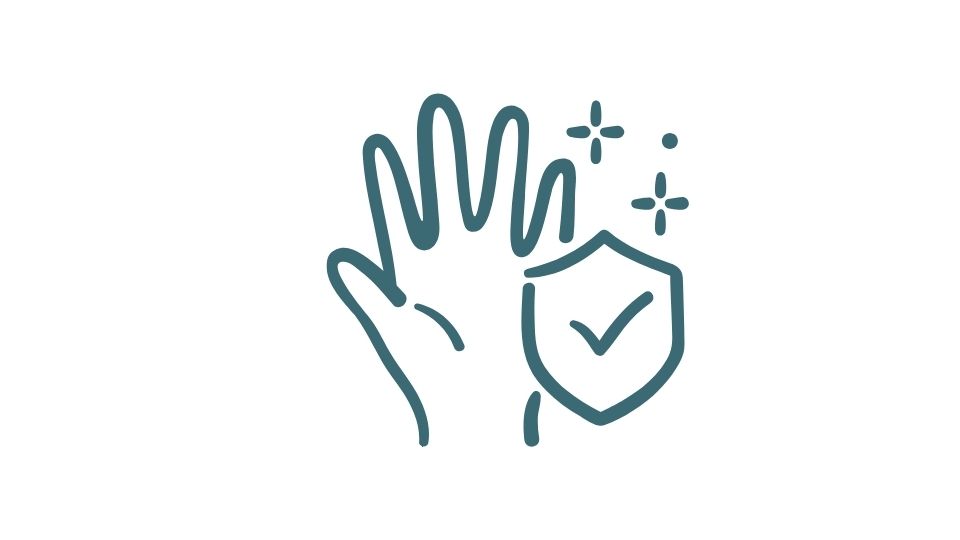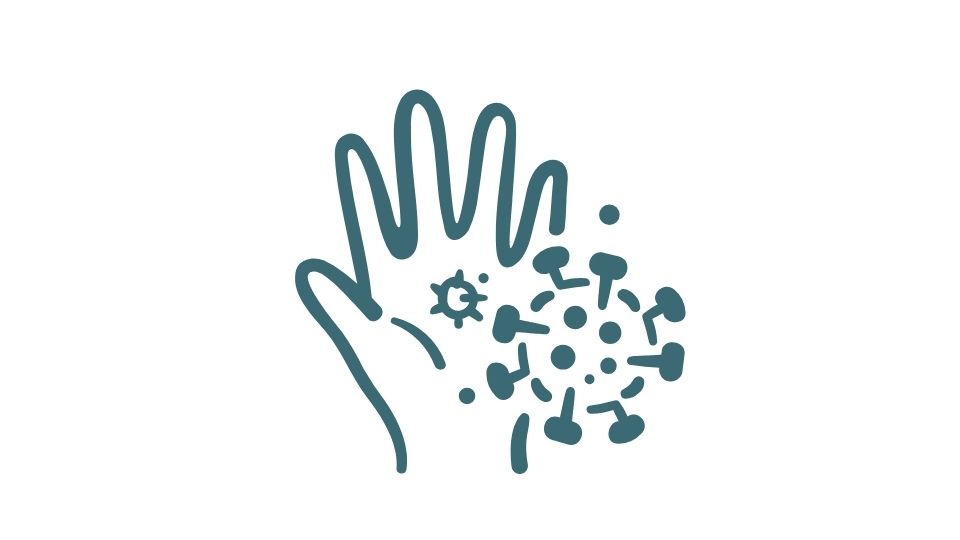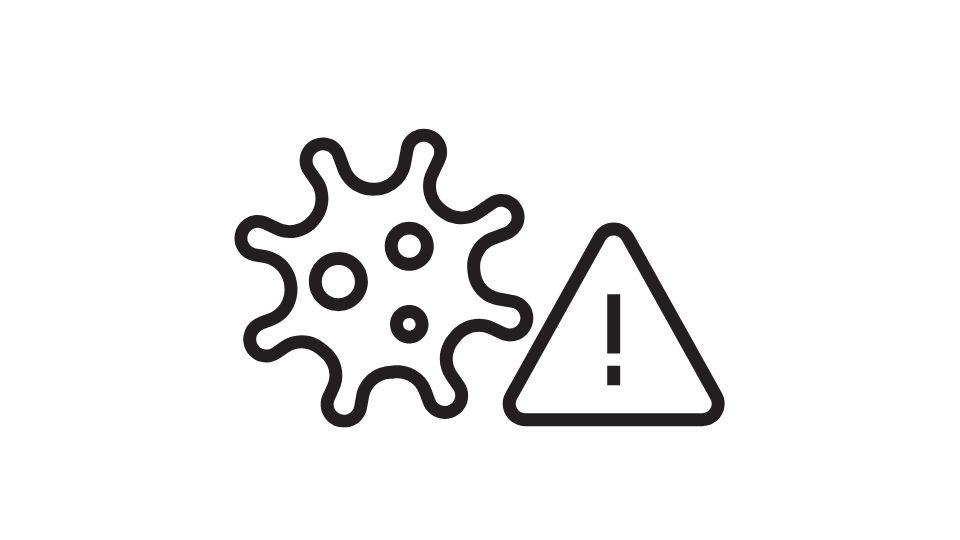When Are Food Surfaces Fully Cleaned and Sanitized?

The 6-step process to truly clean and sanitize food surfaces is way more in-depth than most people realize.
Think about it – when was the last time you actually followed all the proper steps when cleaning your kitchen?
I know I’ve been guilty of thinking that a quick wipe-down with some spray cleaner counts as “sanitized.” But there’s actually a science to this process that makes all the difference between looking clean and actually being food-safe clean.
The Complete Guide to Properly Cleaning and Sanitizing Food Surfaces
Let me break down exactly what it takes for a food surface to be fully cleaned and sanitized – and why each step matters for keeping you and your family safe from foodborne illness.
The 6 Critical Steps to Proper Food Surface Sanitization

1. Pre-cleaning: Get rid of what you can see
First things first – you’ve got to remove all the visible food particles and debris.
This step is non-negotiable because sanitizers literally cannot penetrate through organic matter. Any leftover crumbs or grease will basically shield bacteria from being killed during sanitization.
It’s like trying to wash your hands with gloves on – doesn’t work!
2. Washing: The detergent deep clean
Now comes the actual washing with warm water and detergent.
This is where the chemistry happens – detergents are specifically designed to break down fats, oils, and proteins that water alone can’t remove. The important thing to remember is that detergents clean but don’t kill bacteria on their own.
Think of detergent as the bouncer that removes the troublemakers, not the police that arrests them.
3. Rinsing: The crucial middle step
After washing, you must rinse with clean water. This removes all detergent residue and loosened contaminants.
Many people skip this step, but it’s critical because sanitizers can be neutralized by detergent residues. That means your sanitizing step won’t work properly if you don’t rinse first!
4. Sanitizing: The bacteria-killing step
This is where the magic happens – but only if the surface is already clean and rinsed!
You’ve got options for sanitizers:
- Chlorine solutions: 50-100 ppm concentration, 10+ seconds contact time
- Quaternary ammonium compounds: 150-400 ppm, 30 seconds contact time
- Iodine-based sanitizers: 12.5-25 ppm, 30 seconds contact time
Proper sanitization reduces microorganisms by at least 99.999% on food contact surfaces – that’s what food safety regulations require.
5. Drying and Storage: Don’t undo all your hard work
After sanitizing, surfaces should air-dry or be dried with single-use towels. Then store equipment in a sanitary way to prevent recontamination.
Skipping this step is like washing your hands and then immediately touching the bathroom doorknob – you’re just picking up germs again!
6. Documentation and Verification: Prove it’s clean
A truly effective cleaning program includes monitoring and documentation. This ensures procedures are consistently performed and allows for corrective actions if contamination is detected.
Think of this like the accountability partner for your cleaning routine – it’s what separates professional food safety from amateur hour.
Why This Matters More Than You Think

The consequences of improper cleaning and sanitizing are no joke:
- Foodborne illness outbreaks: Contaminated food surfaces are one of the leading causes of outbreaks from nasty bugs like E. coli O157:H7 and Shigella
- Cross-contamination: Pathogens can transfer between foods, utensils, and surfaces
- Legal consequences: Food safety regulations mandate strict cleaning protocols
And here’s a fact that might surprise you: some foodborne pathogens can cause serious illness with just a few microscopic cells. That’s why the “99.999%” reduction standard exists – anything less is playing with fire.
The Right Order Matters (A Lot)

According to multiple guidelines, the correct order for cleaning and sanitizing is:
- Rinse (get rid of loose stuff)
- Clean (wash with detergent)
- Rinse (eliminate detergent)
- Sanitize (apply approved sanitizer)
The order matters as much as the steps themselves! It’s like a recipe – changing the sequence changes the outcome.
Pro Tips for Next-Level Food Safety

Choose the right sanitizer: Different situations call for different solutions. Water hardness, temperature, and pH all affect which sanitizer works best.
Don’t forget environmental surfaces: While food-contact surfaces are priority #1, don’t neglect walls, ceilings, and equipment exteriors.
Special considerations for low-moisture foods: These need extra attention as they have unique contamination risks.
Create standard operating procedures: Having consistent routines means consistent results – especially important if you’re not the only one doing the cleaning.
Ultimately, food surfaces are never fully cleaned or sanitized until all visible soil is removed, the surface is rinsed twice, a validated sanitizer is applied under proper conditions, and everything is properly dried and stored.
It might seem like overkill for your home kitchen, but these steps exist for a reason – they’re what stand between you and potentially serious foodborne illness.

